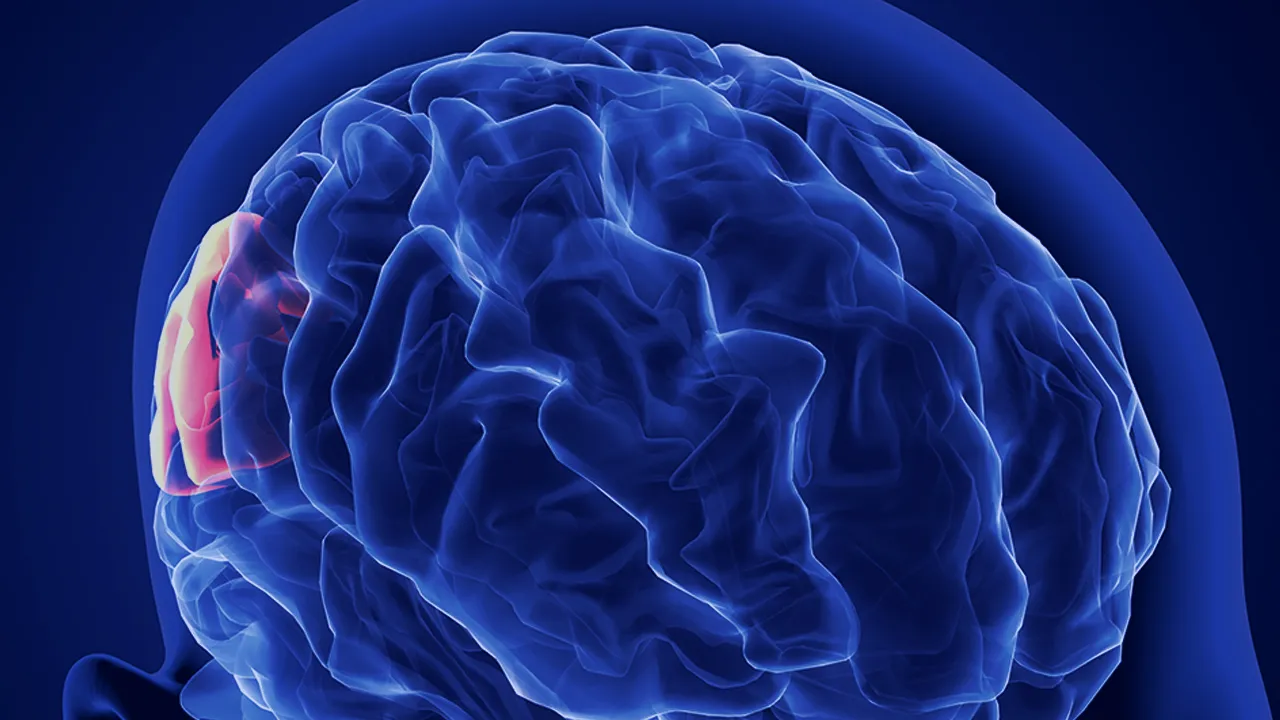Ischemic strokes are a type of stroke that occurs when there is a blockage or obstruction in the blood vessels that supply blood to the brain. This blockage can be caused by a blood clot or plaque buildup in the arteries, leading to a lack of oxygen and nutrients to the brain cells. Ischemic strokes are the most common, accounting for approximately 87% of all strokes.
The symptoms of ischemic strokes, which can occur suddenly, vary depending on the location and severity of the blockage. Some common symptoms include sudden weakness or numbness in the face, arm, or leg, especially on one side of the body; difficulty speaking or understanding speech; sudden vision changes, such as blurred or double vision; sudden severe headache; dizziness; loss of balance; confusion; or difficulty with memory. Risk factors include high blood pressure, high cholesterol, diabetes, smoking, obesity, family history of stroke, and age (risk increases with age). Several steps can be taken to reduce the risk of ischemic strokes. These include maintaining a healthy diet and exercise routine, quitting smoking, managing high blood pressure, cholesterol, and diabetes, and getting regular check-ups and screenings.
The treatment of ischemic strokes depends on the severity and location of the blockage. In some cases, medications such as blood thinners or clot-busting drugs may dissolve the blockage and restore blood flow to the brain. However, surgery may be necessary to remove the blockage in more severe cases.
Recovery from ischemic strokes can vary depending on the stroke’s severity and the blockage’s location. In some cases, recovery may be quick and complete, while in others, it may take months or even years to recover fully. In addition, rehabilitation may be necessary to help regain strength, coordination, and mobility.

Comments are closed.